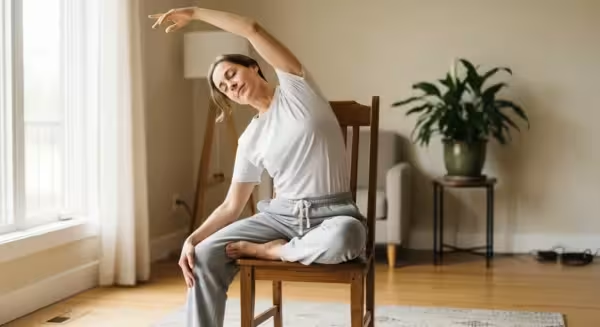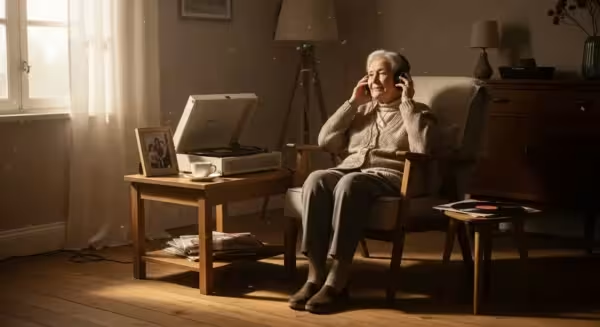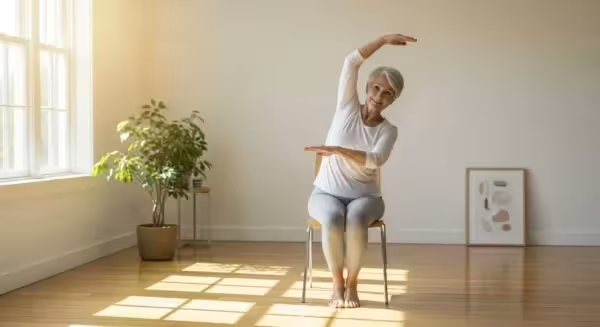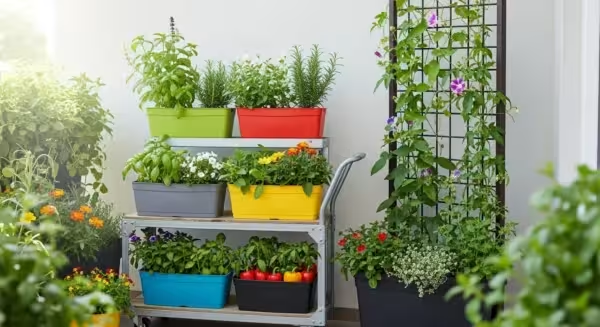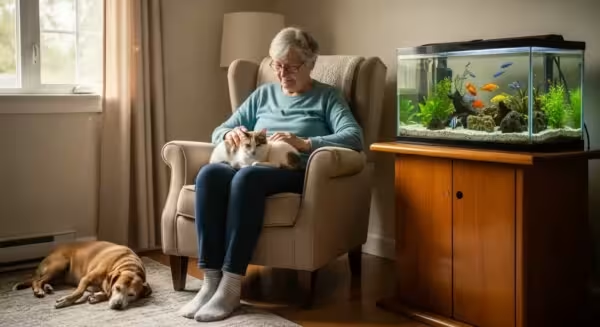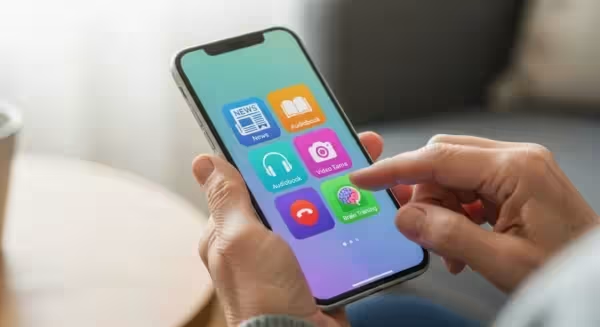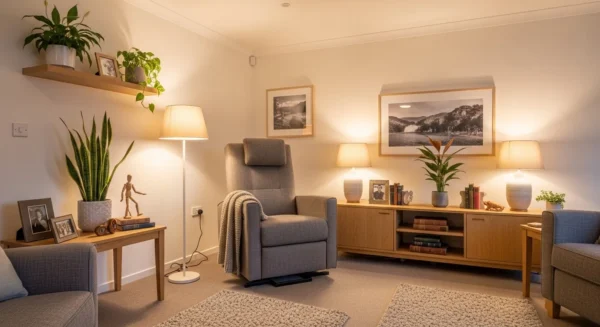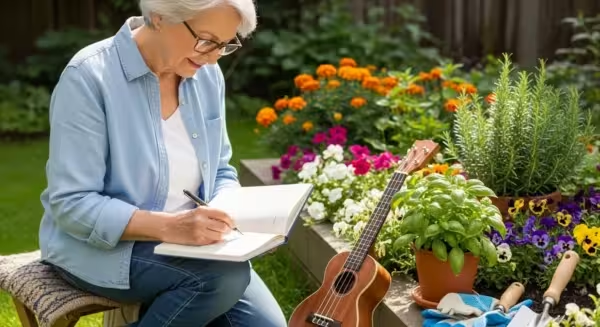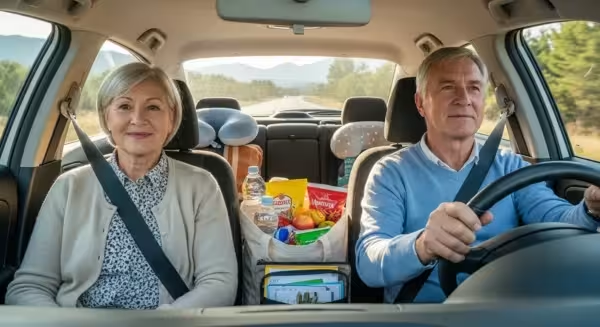
A Step-by-Step Guide to Getting Connected Safely
Getting started with technology doesn’t have to be intimidating. The key is to take it one step at a time, start with the basics, and prioritize your safety and comfort. This guide will walk you through the essential steps to begin making meaningful virtual connections.
Step 1: Choosing Your Device
The first step is finding a device that feels comfortable for you. You don’t need the most expensive or complicated gadget.
- Tablets (like an iPad or Android tablet): These are often the best choice for seniors. They have large, bright screens that are easy to see and use. The touch-screen interface is intuitive—you simply tap on what you want. They are lightweight and portable, perfect for video chatting from your favorite armchair.
- Smartphones: A great all-in-one option if you also want a phone for calls and texts on the go. Modern smartphones have accessibility features to enlarge text and icons, making them easier to use.
- Computers (Laptops or Desktops): A good option if you are comfortable with a keyboard and mouse. The large screen is excellent for reading, and a physical keyboard can be easier for typing longer emails or messages.
Safety Tip: Ask a trusted family member or friend to help you choose a device that fits your needs and budget. They can also assist with the initial setup.
Step 2: Mastering the Basics of Video Calling
Seeing the faces of your loved ones is one of the greatest joys of digital connection. Video calling apps make this possible.
Popular and Simple Apps:
- FaceTime: If you and your family member both have Apple devices (like an iPhone or iPad), FaceTime is built-in and incredibly easy to use. You just tap their name in your contacts list.
- WhatsApp: This app works on almost any smartphone or tablet and is popular worldwide. It offers secure video calls, voice calls, and text messaging.
- Zoom or Skype: These are great for group video calls with multiple family members or for joining online classes. A family member can send you a simple link to click to join a call.
How to Start: Ask a grandchild or trusted friend to do a practice call with you. They can walk you through the steps of answering a call, turning your camera on and off, and ending the call. A few practice runs will build your confidence quickly.
Safety Tip: Only accept video calls from people you know. If a stranger contacts you, do not answer. Block the number and inform a family member.
Step 3: Exploring Social Media with Caution
Social media can be a wonderful way to see photos of family, connect with old friends, and join groups based on your hobbies, like gardening, knitting, or history.
Focus on Privacy:
- Facebook: The key to using Facebook safely is managing your privacy settings. Ask a family member to help you set your profile to “Friends Only.” This means only people you have approved can see what you post.
- Private Groups: Joining private groups on Facebook is often safer and more rewarding than posting publicly. A group for fans of a particular author or a local gardening club can provide a strong sense of community without exposing your information to the public.
Safety Tip: Never share sensitive personal information online, such as your full address, phone number, Social Security number, or financial details. Be wary of friend requests from people you do not know in real life.
Step 4: Engaging Your Mind with Online Activities
The internet is a vast library and community center. Use it to keep your mind active and engaged.
- Online Classes: Websites like Coursera and platforms like GetSetUp (designed specifically for older adults) offer classes on everything from art history to using technology.
- Virtual Tours: Many world-famous museums, like the Louvre in Paris or the Smithsonian in Washington, D.C., offer free virtual tours on their websites.
- Audiobooks and Podcasts: Services like Audible or free apps like Libby (which connects to your local library card) allow you to listen to books. Podcasts are like radio shows on any topic imaginable and are a great source of entertainment and learning.



